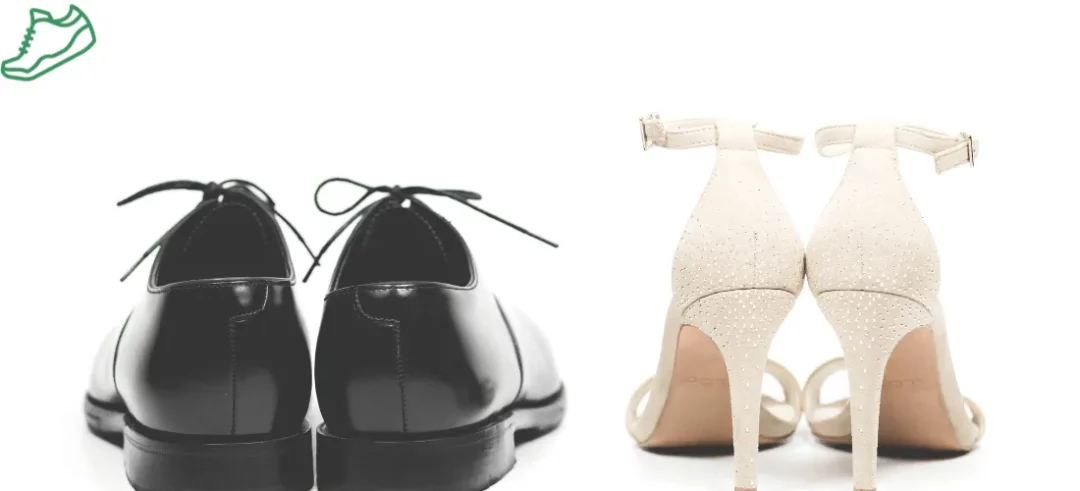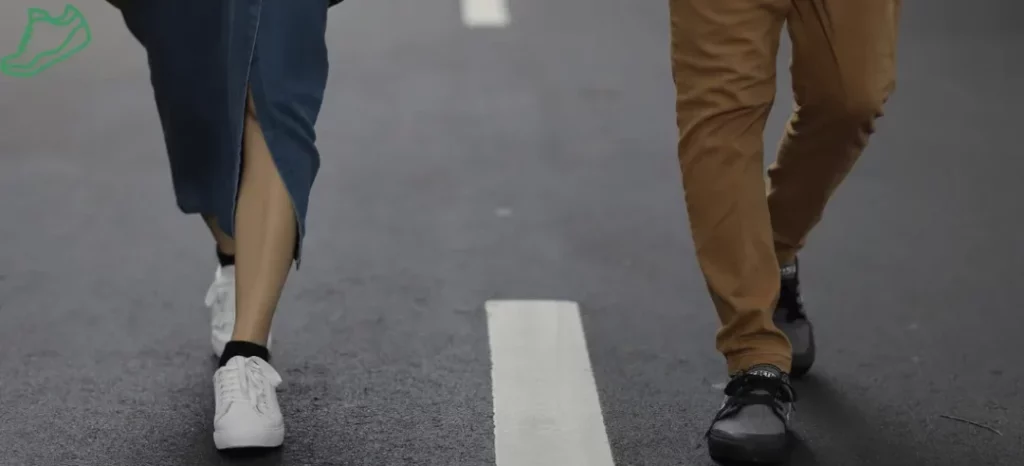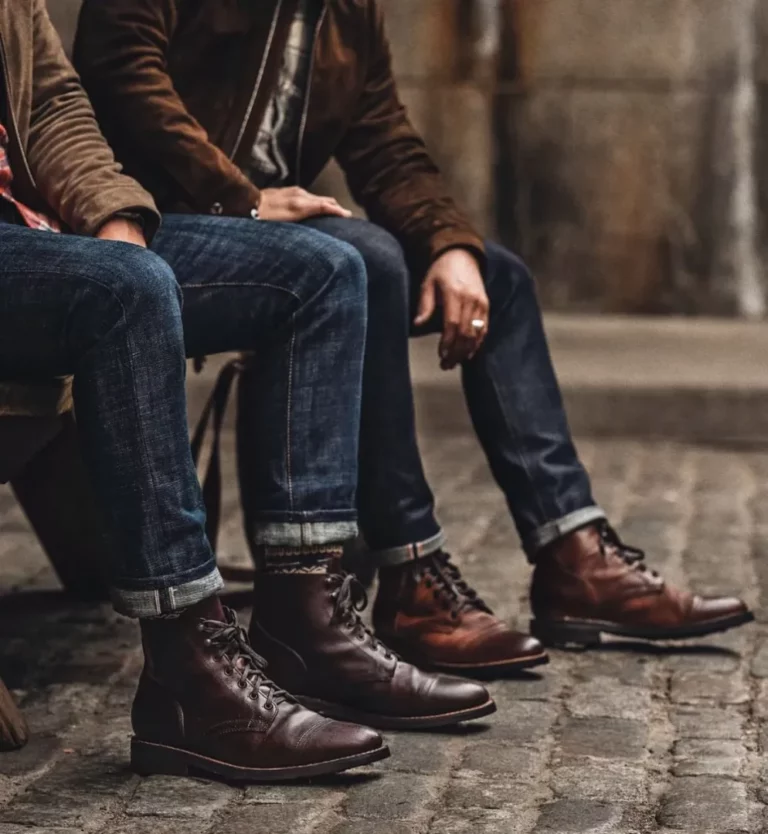Running shoes vs walking shoes, these are the most common and vastly used types of shoes. Running and walking shoes are designed to support the natural motion of the foot. And that is to roll from the heel to the toe as you move forward. This is why running and walking shoes have a cushioned heel, a flexible forefoot, and a stable midsole.
Furthermore, running and walking shoes also differ from other types of shoes, such as cross-training shoes or tennis shoes. These both athletic shoes are designed for lateral movements and quick changes of direction. These sports shoes have more support and stability on the sides, a lower profile, and a stiffer sole.
In this article we’re going to discuss some of the futuristic differences between running and walking shoes.
Also Check: Best Walking Shoes Collection
Running Shoes Vs Walking Shoes

Both running vs walking shoes are specifically designed for different physical activities. Running shoes are built to survive the hard heel landings and walking shoes are suitable for walking. In these both activities (running and walking) you require different shoes to support your feet and prevent injuries.
Here are some of the main differences between running and walking shoes,
Midsole Cushioning
Running shoes have more cushioning than walking shoes, especially in the heel and forefoot areas. This is because running puts more impact and stress on your feet than walking. So, you need more shock absorption and protection.
- Running shoes also have different types of cushioning for different types of runners, such as neutral, stability, or motion control.
Walking shoes have less cushioning than running shoes, but they still provide enough comfort and support for your feet.
- Walking shoes also have more flexibility in the forefoot area, which allows your toes to bend and push off the ground.
The Shoe Guide_ Best Shoe Styles for Pairing with a Black Dress

Heel Height
Running shoes have a higher heel than walking shoes. It creates a slope from the heel to the toe. This is called the heel-to-toe drop or offset. However, it helps runners transition from landing on their heel to pushing off their toe.
- Running shoes usually have a heel-to-toe drop of 8 to 12 millimeters. While walking shoes have a lower drop of 4 to 8 millimeters.
- A lower drop in walking shoes helps walkers maintain a natural and upright posture. While a higher drop in running shoes helps runners generate more speed and momentum.
Heel Flare
Running shoes have a flared heel. That means, the heel area is wider than the rest of the shoe. This is designed to increase stability and reduce overpronation. That is when your foot rolls inward too much after landing.
- Running shoes also have a curved shape. It helps runners move forward more efficiently.
Walking shoes have a straighter shape and a less flared heel. It allows walkers to roll their foot from heel to toe more smoothly.
- Walking shoes also have more contact with the ground. That effectively provides more traction and balance.


Shoe Flexibility
The running shoes have more flexibility in the midsole and outsole areas then the walking shoe. It allows runners to bend their feet more easily and adapt to different surfaces.
- Running shoes also have grooves or cuts in the outsole, which enhance flexibility and grip.
Walking shoes have less flexibility than running shoes, but they still allow some movement in the forefoot area.
- Walking shoes also have a smoother and flatter outsole, which reduces friction and resistance on the ground.
Shoe Guide >> First Walking Shoes For Babies
Final Words
These are some of the major differences between running and walking shoes. Depending on your activity level, foot shape, and personal preference, you may choose one type of shoe over another. However, it is important to wear the right shoe for your activity to prevent injuries and improve performance.
Other Posts

















